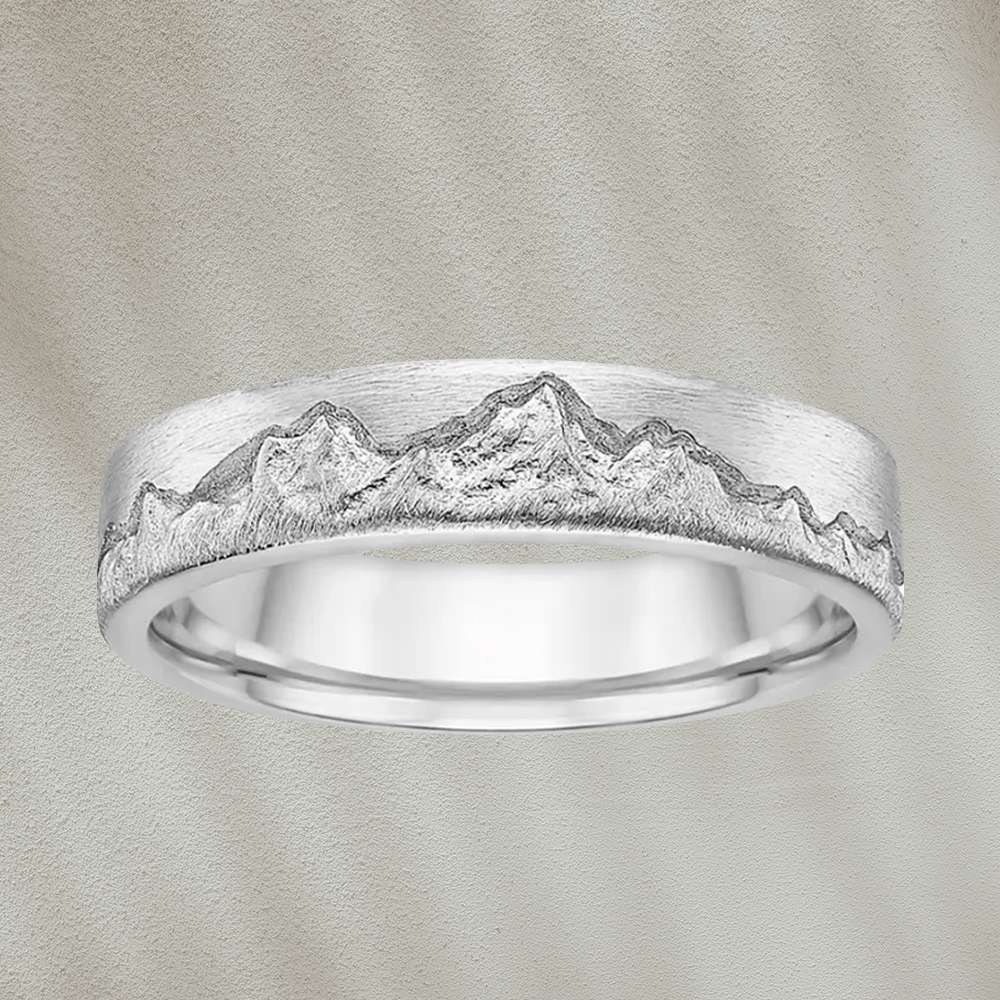
Diamonds have long been a symbol of luxury, beauty, and eternal love. These precious gemstones have captured the hearts of many, and the size of a diamond is often a reflection of its value and desirability. In this article, we will delve into the intriguing question, “How big is your diamond?” We’ll also take a closer look at the emerging trend of lab-made diamonds and their impact on the diamond industry.
Understanding Diamond Size: When you’re in the market for a diamond, one of the first questions that comes to mind is, How big is your diamond? The size of a diamond is typically measured in carats, with one carat equivalent to 200 milligrams. The larger the carat weight, the more substantial the diamond will appear.
The 4 Cs of Diamonds: When determining the size of a diamond, it’s essential to consider the four Cs: carat weight, cut, color, and clarity. These factors collectively influence a diamond’s overall beauty and value. Carat weight directly affects the size, but it’s important to strike a balance with the other Cs to ensure the diamond’s brilliance.
Lab Made Diamonds: In recent years, lab-made diamonds have gained popularity as an alternative to natural diamonds. Lab-made diamonds are created through advanced technological processes that replicate the conditions under which natural diamonds are formed in the Earth’s crust. This method results in high-quality diamonds with fewer ethical and environmental concerns compared to traditional mining.
How Big Are Lab-Made Diamonds?: Lab-made diamonds come in a variety of sizes, just like natural diamonds. They can range from small accent stones to larger, more impressive centerpieces. The size of a lab-made diamond is also measured in carats, and consumers can choose the size that suits their preferences and budget.
The Benefits of Lab-Made Diamonds: Lab-made diamonds offer several advantages. First and foremost, they are often more affordable than natural diamonds of similar size and quality. Additionally, lab-made diamonds are free from the ethical concerns associated with diamond mining, such as labor exploitation and environmental damage.
Lab-Made Diamonds and Sustainability: The production of lab-made diamonds has a lower environmental impact compared to traditional diamond mining, making them a more sustainable option. The reduction in carbon emissions and land disturbance associated with lab-made diamonds is an important step towards a greener and more ethical diamond industry.
Choosing Your Perfect Diamond: When choosing between natural and lab-made diamonds, the question of size becomes a personal preference. Consider your budget, values, and priorities. Some may opt for a large, natural diamond, while others may prefer a lab-made diamond that aligns with their ethical and environmental concerns.
In conclusion, the size of your diamond is a significant factor when selecting the perfect gemstone. “How big is your diamond” is a question that ultimately depends on your individual preferences and priorities. The rise of lab-made diamonds offers an exciting alternative for those who value sustainability and affordability while still enjoying the beauty and sparkle of a stunning diamond. Whether you choose a natural or lab-made diamond, both options have their unique appeal, and the decision is yours to make based on what matters most to you.


